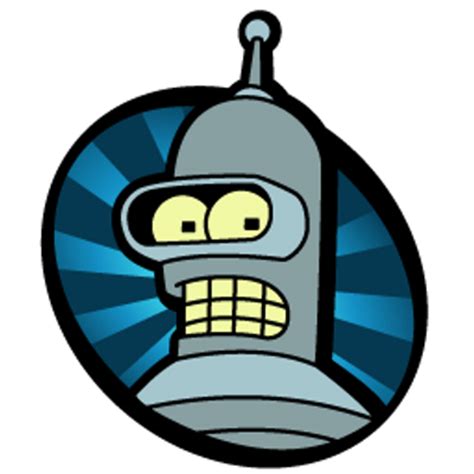next step: the system asks for the sudo passwort to confirm 😅
real men use root accounts.
This is the reason real men cry.
Why do real men using root type sudo, though?
Because. we can. and Linux doesn’t ask questions.
i log into my desktop environment as root.
myuser ALL=(ALL) NOPASSWD: ALLSecurity? What security?
Who the fuck does that to “live life on the edge”? And what kind of mental illnesses do you have ?
No one does that. It’s just a stupid joke.
He’s probably use Arch BTW
I use arch my friend and I still find this meme retarded!
Just run Suicide Linux and get it out of the way fast.
Restoring a btrfs snapshot after deleting. :D
Totem of undying
Having BTRFS snapshots set up for root: 😀 Elbow on the keyboard issues this command before the sudo timeout:
sudo rm -rf ./testdir/cd $HOMERIP home directory 😭 and still figuring out the best way to do snapshots of home without using timeline snapshots and using a ton of space…
OS 9 on macOS did me dirty when I tried to delete it for the final time. The OS X operating system folder is named System. And the OS 9 folder is named System Folder.
So I typed rm -rf System and then tried to type the \ character so I could put in the space between the two words. Which is right above the Return key. Guess what I hit instead of \…
I hit control-C almost immediately but it still got through C inside the System folder. Apparently nothing absolutely vital lives in the A-C folders, btw. I was able to even reboot and it all came up normally. Only thing was I couldn’t run any Carbon apps (which was kind of crucial at the time) so I still had to do a reinstall of the OS.
Just copy your nix config over and build again. Non-issue. What? You don’t have a backup? You deserved it then.
I like the adrenaline rush of not having backups
As a nixOS user, proud to say github is my backup. I like making Microsoft pay for my mistakes.
I just use github for my secrets file, that’s what I really don’t want to lose. I keep the encryption key in a separate repository of course so no one can just look in and see my passwords.
It also works for important documents. Birth certificate? GitLab repository. (Not GitHub, I lie to Microsoft about my age and don’t want them to know.) SSN? GitHub organisation name. Love notes from my high school crush? Duh, obviously I don’t want to lose those. They’re on the Blockchain, for proof of originality. Bank details? I have a website on Netlify with those. Makes it easy for all those nice foreign gentlemen on the phone to send me money.
I like to tell IT newbies in their first year apprentice that
sudo rm -fr /removes the french language from the root, since in Swiss Windows, french comes as second keyboard layout and sometimes you accidentally switch and nobody likes it.Somethimes their first linux is a VM, lucky them, but not always:)
swiss windows (swindows) ships with a higher-than-average amount of malware
Pressing ctrl-c before anything critical gets deleted: :)
deleted by creator
go to find the system logs
realize the first deleted directory was/varUsually, /home/ isn’t what gets deleted first so unless your computer can delete everything within a few seconds, ctrl-c and would work. Then you can survey the damage and reinstall the OS if necessary.
Too much to type and may prompt you if you’re sure. Just go with
\rm -rf /*
echo 'alias the-purge=“sudo rm -rf / --no-preserve-root” ’ >> ~/.profile
I think this is actually more damaging especially if you make a cronjob with it: sudo rm -rf “$(sudo find / -type f -print0 | shuf -n1 -z)”
This is why I run VMs
is it save to do this on a virtual machine though?
Yeah, why not. If you don’t have anything important on the VM you can do whatever the fuck you want.
so it will simply stop working until you reinstall the VM?
Depending on the system it will not even have a promt or have it but /bin is gone and no command works
The VM will stop working yes. You could use snapshots before though.
[sudo] enter password for $USER:










